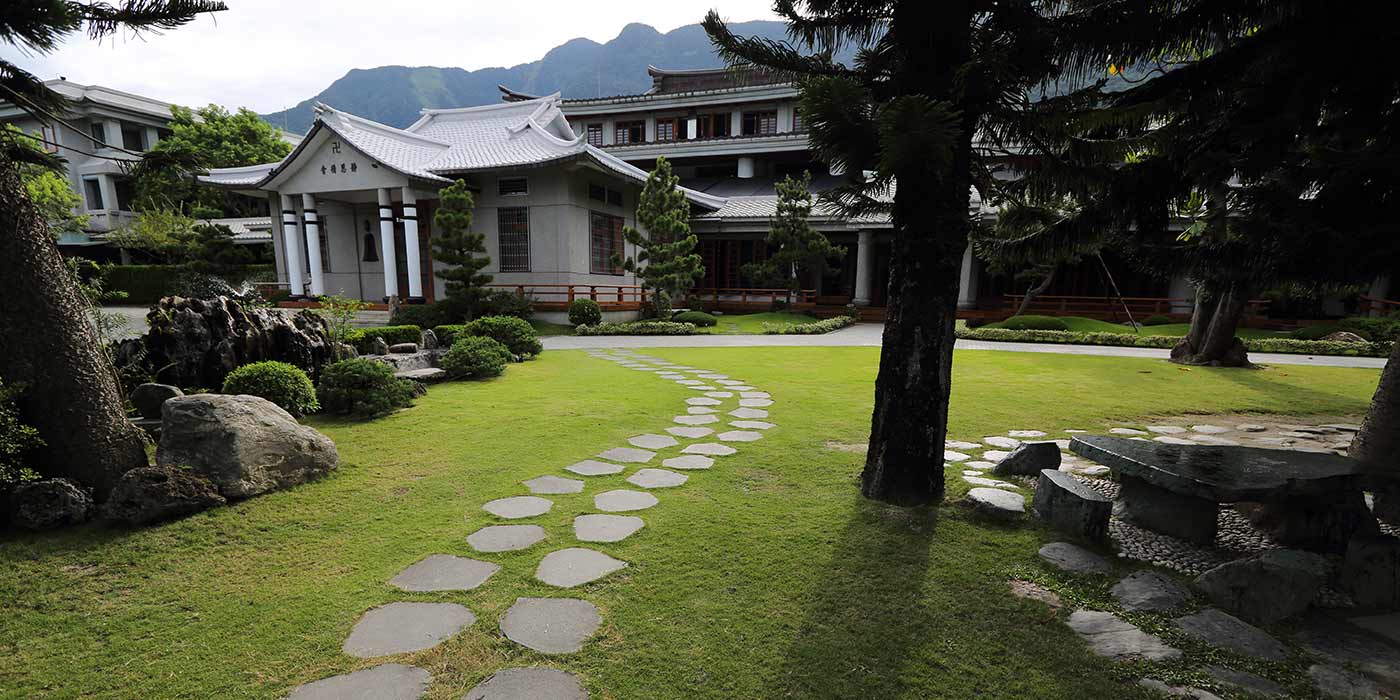The Bodhisattva Path is a broad, direct path, a road that is long and straight.
In the Sutra of Infinite Meanings, the Buddha said, “Because the great path is direct, the Bodhisattva Path is the great, direct path.” When the path that we walk is broad and direct, not winding, this symbolizes our sincerity and integrity.
If we have sincerity and integrity, other people will trust us. Once we have perfected our character, we will be fully emulating the Buddha’s character. If our character is not trustworthy and we are unable to gain approval from others when we speak, then we are not living up to our potential as human beings.
Today, I am certifying you all as commissioners. You all must remember to have faith, steadfastness, sincerity, and integrity, for these comprise our inward spiritual cultivation. Outwardly, you must practice loving-kindness, compassion, joy, and equanimity; this is Tzu Chi’s spiritual training ground.
From today onward, you all must earnestly cultivate love within yourselves and take my mission as your own.
My mission is to diligently walk the Bodhisattva Path. Those of us who cultivate the Bodhisattva Path must have joy and equanimity. We must be courageous, form aspirations, and make vows in the hope that sentient beings can be freed from suffering.

